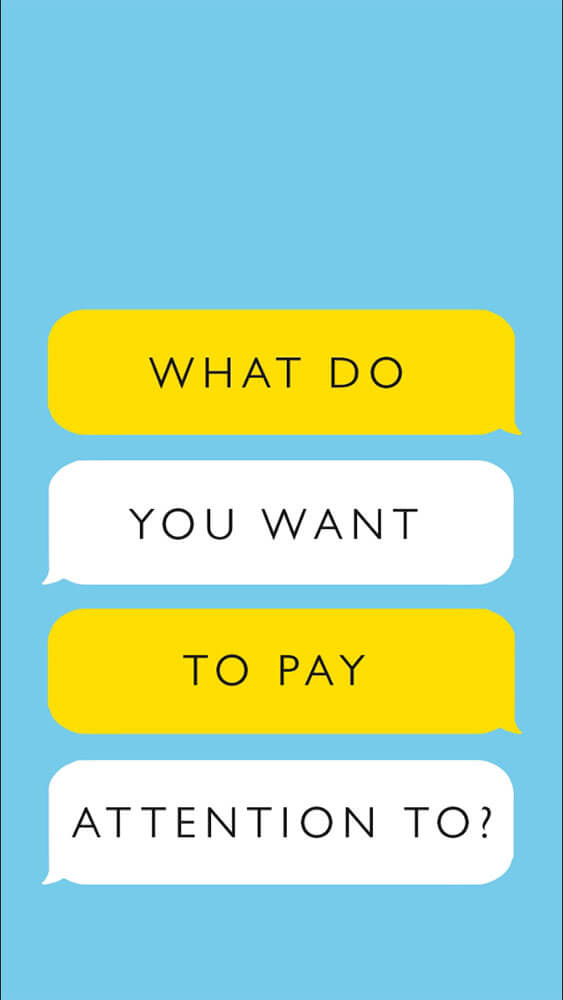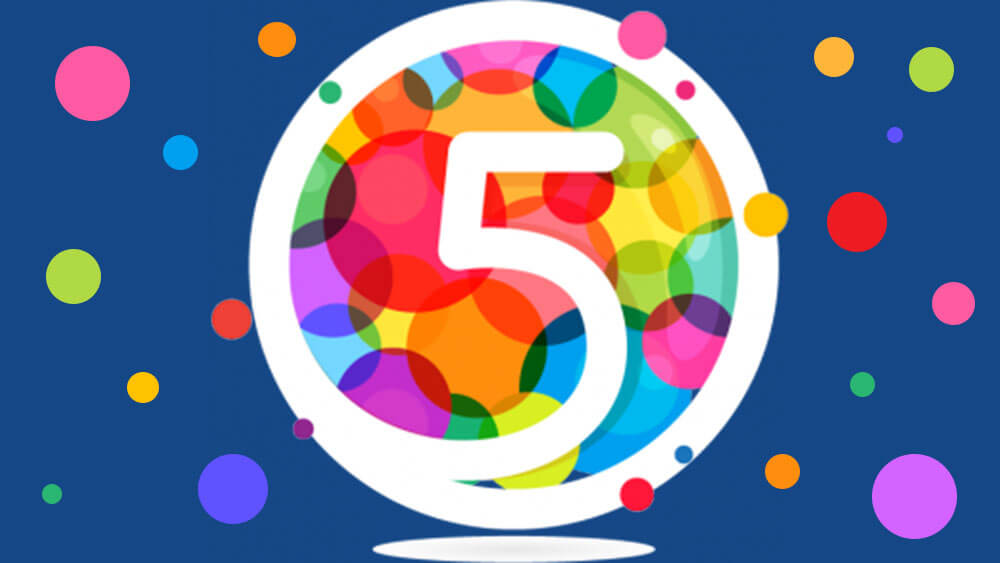Five Convene editors looked back over 2018, asking this question: What’s one meeting trend we’ll be keeping an eye on in 2019?
Big Data Is Facing a Reckoning
Michelle Russell, Editor in Chief
We’ve written a lot about the importance and benefits of event hosts capturing data about their participants — from their registration details to their whereabouts as they experience a conference or convention — and then making informed business decisions based on those insights. We’ve also covered the need for data security in light of recent data breaches in the travel and hospitality sectors, and how to ensure GDPR compliancy.
Beyond concerns about safeguarding their information from potential hackers, people are now questioning what is being captured about their personal information and behavior, how it is being used, and how it is being shared. It’s the rise of a field called data ethics, which applies concepts of right and wrong conduct in relation to data. Chief among the principles of data ethics are: that individuals own their own data; that organizations should be transparent about how their personal data is to be used; that if an entity is to use someone’s personal data, they need to obtain their consent; that all reasonable efforts need to be made to preserve privacy; and that individuals should be made aware of any financial transactions made from the use of their personal data.
As technologies that capture data proliferate, it will be interesting to see if they will be balanced with a regard for these principles. The implications are huge and will trickle down to the business events space.
For example, consider this project in the works in Toronto: Tech startup Sidewalk Labs is working on building a “digitally wired neighborhood of the future” called Quayside, where “data-gathering sensors knitted together with cutting-edge urban design could make congestion, unaffordable housing, and excess emissions things of the past,” according to a CityLab article. And while self-driving vehicles, pavement tiles that sense traffic, and common spaces monitored by smart energy systems all sound great, “project documents have been short on details about what types of data will be collected, who will own it, and whether it might be somehow monetized.” Moreover, the project is fueling a debate about how much we should allow private entities — and technology — to shape our future, without the input of human beings.

Catherine Price, author of “How To Break Up With Your Phone,” offers lock screen images like this one at https://phonebreakup.com.
We Will Pay Even More Attention to Attention
Barbara Palmer, Deputy Editor
The evidence is piling up that the time we spend looking at screens on our digital devices comes at a high cost to the quality of our thinking — including to that of those around us. Just the presence of a phone or a laptop in a group setting, research has shown, has a measurably negative effect on the focus of those nearby.
So far, we’ve mostly relied on good manners to impel people to put boundaries around their smartphone use during meetings. But that’s not working, as Priya Parker wrote in one of my favorite books published in 2018, The Art of Gathering. It’s not even a fair fight, Parker added, since “an army of some of the smartest people alive are working feverishly to ensure that etiquette stands no chance against our addictive new technologies.”
What does work, as Parker and others have advocated, is to set guidelines around technology use in group settings, such as workshops and breakouts, when they are a distraction. It can be done with thoughtfulness and finesse, and the recognition that not all meeting environments serve the same purpose or require the same level of engagement.
People don’t like it at first, says science journalist Catherine Price, who asks those participating in her workshops to turn off their phones and put them away, and to leave the room if they feel the need to check email. But they may come to appreciate it — and even to to see the absurdity of setting aside time to connect and learn from others and then spending that time with their noses buried in their phones.
New Benchmarks Are Emerging
Jasmine Zhu, Associate Editor
I attended CNBC’s Talent@Work Summit in Manhattan earlier this year, where diversity in the workplace was the main topic of discussion. In one session, speakers representing tech-startups, pharmaceutical companies, and other organizations talked about the concrete action steps they are taking toward solving a persistent problem: How to create a work culture that’s welcoming to everyone.
One of the takeaways was that measuring diversity requires a new set of benchmarks. Instead of only considering overall diversity representation, organizations need to look at less obvious data points, too, including employee retention and promotion rates.
I predict that new standards for measuring inclusivity will play an increasingly important role at meetings and events in 2019 and beyond. Success won’t only be about getting diverse faces on stage — it will also be measured by who shows up for sessions, who’s coming to networking events, and who’s returning to events. Setting and achieving new benchmarks and goals for increasing the number of underrepresented professionals at events during different points of their careers will make meetings more inclusive for everyone who plays a role in them.
We Are Taking More Naps
David McMillin, Associate Editor
Sleeping might be the coolest thing in the world right now. The doctor-recommended seven to nine hours of shut-eye is enjoying the spotlight among plenty of high-achieving people — Arianna Huffington, Jeff Bezos, and Tom Brady, to name a few — who share why they focus on spending the right amount of time in bed.
As more attendees focus on staying healthy, organizers will bring sleep to their venues in 2019, instead of forcing attendees go back to their hotel rooms. Sleep-focused start-ups such as MetroNaps and Hohm already are bringing napping opportunities to offices to help bleary-eyed employees recharge. In 2019, I expect to see plenty of attendees showing up late to CEU-earning sessions to catch a few minutes of REM-inducing rest. And here’s good news for event organizers: Sleep pods are all designed for sponsorship messaging.
Inclusivity Is Ascending
Casey Gale, Associate Editor
In the months since PCMA launched the Ascent initiative at Convening Leaders 2018 to promote diversity and inclusion across the business events industry, Convene has spotlighted the efforts of meeting organizers, speakers, and conferences to meet those goals.
Some of the stories we’ve covered include the Tapia Celebration of Diversity in Computing Conference, which has been dedicated to promoting diversity in computer science for nearly 20 years, and a look at the work of Bernadette Smith, who founded the Equality Institute to train organizations and events to be more aware of LGBTQIA issues.
We’ve also published less than encouraging news — for example, Bizzabo reported that in an analysis of 60,000-plus speakers at professional events in 23 countries, only 32 percent of speakers at conferences and conventions were women.The meetings industry sets the tone for organizations around the globe and should not settle for anything less than a fully inclusive, diverse landscape at each and every event.
I predict that the industry as a whole will increasingly begin to resemble the many pockets of the events industry that are making strides toward a more inclusive future — in both equity in the genders and races represented on stage, and in becoming more accessible, welcoming, and safe for all attendees who walk through the doors.

